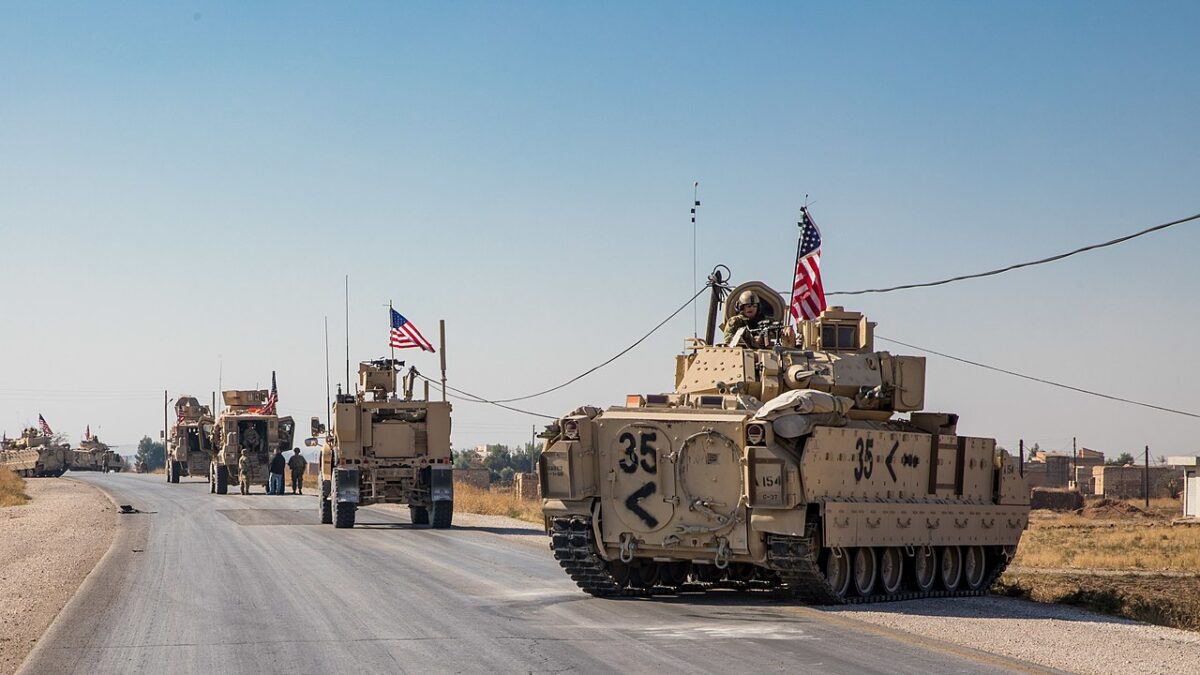A deadly exchange of fire between U.S. forces and Iranian-backed militias in Syria last week underscored the reality that the United States and Iran are virtually at war today in that bloodied nation.
Toward the end of March, a self-destructing drone struck an American military base in the northeastern Syrian province of Deir el-Zour, killing a U.S. contractor — a vehicle mechanic — and wounding six soldiers.
U.S. officials charged that the unmanned plane was of “Iranian origin.”
Thirteen hours later, two U.S. F-15 fighter jets, flying from the Udeid air base in Qatar, bombed three bases in eastern Syria manned by Shi’a proxies aligned with Iran’s Islamic Revolutionary Guards Corps, killing eight of its fighters.
By way of retaliation, they launched a barrage of drone and rocket attacks at U.S. bases, injuring one American. The United States did not react militarily, refraining from carrying out yet another retaliatory strike.
Washington, however, issued a stern warning.
U.S. President Joe Biden said that the United States does not seek conflict with Iran, but warned that he is prepared to “act forcefully” in the event of further attacks.
John Kirby, a National Security Council spokesman, delivered an identical message to Iran. “We’re going to do what we need to do swiftly and boldly protect our people and our facilities in Syria,” he said. And in a reference to Iranian proxies, he added, “We’re not going to be deterred from continuing to go after this network in Syria.”
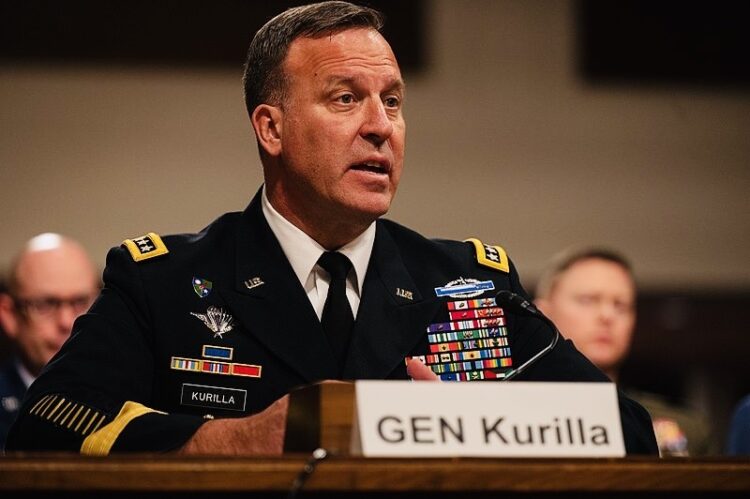
General Erik Kurilla, the commander of U.S. forces in the Middle East, said the United States would not hesitate to carry out retaliatory strikes. But as he told the U.S. Congress, Iranian drones represent a serious and expanding threat to U.S. interests in Syria in particular and in the Middle East in general.
The latest tit-for-tat exchanges represented the fourth time U.S. President Joe Biden has authorized air strikes against pro-Iranian militias in Syria since taking office slightly more than two years ago. Since then, Iranian proxies have fired 85 drones and rockets at American troops in Syria and Iraq.
U.S. troops have been stationed in Syria — an Arab country that is embroiled in a civil war — for the past eight years. The Syrian government, assisted by Russia, Iran and Hezbollah, has recaptured much of the territory it lost to rebels from 2011 to 2015. But there are still areas in Syria occupied by the United States, Syrian Kurds, Syrian Arab rebels, Turkey, and Islamic radicals affiliated with Islamic State and its rival, Al Qaeda.
The United States controls an undefined stretch of territory in eastern Syria. In oil-rich Deir el-Zour province, for example, U.S. troops and their allies from the Kurdish-led Syrian Democratic Forces are deployed along the east bank of the Euphrates River, facing Syrian government and pro-Iranian militias on the west bank.
At one juncture, a few thousand U.S. military personnel were based in Syria, but under Donald Trump’s presidency, the majority were withdrawn. Today, there are an estimated 900 American soldiers and hundreds of U.S. contractors in Syria.
The U.S. mission is three-fold: to carry out reprisals against pro-Iranian militias that attack U.S. bases, to conduct counter-terrorism operations against Islamic State, whose fighters still pose a threat despite the destruction of Islamic State’s caliphate in 2017, and, from the Al-Tanf garrison in southeastern Syria, to foil attempts by the Iranian regime to smuggle weapons and munitions via a vital road from Iran to Lebanon.
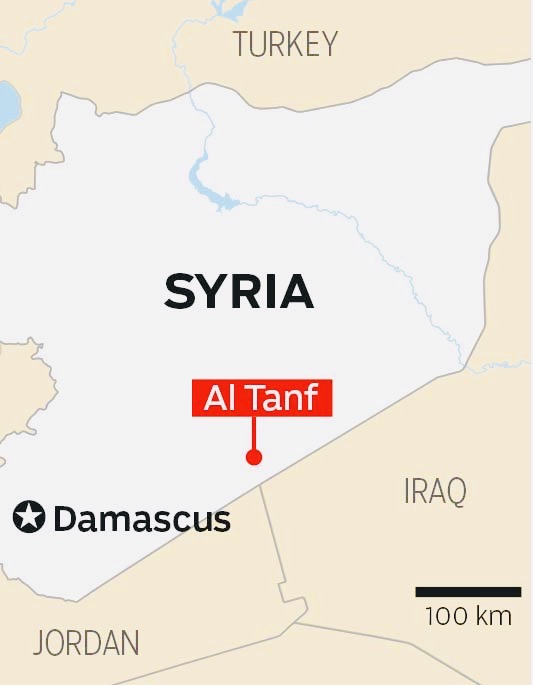
The Islamic Revolutionary Guards Corps, an arm of the Iranian government, has been attacking U.S. forces in the region ever since Trump ordered the assassination of General Qassim Soleimani, the commander of the Quds Force, one of its divisions. He was assassinated by a drone strike in Baghdad on January 3, 2020, along with several commanders of pro-Iranian militias. Soleimani was targeted shortly after an American contractor in Iraq was killed.
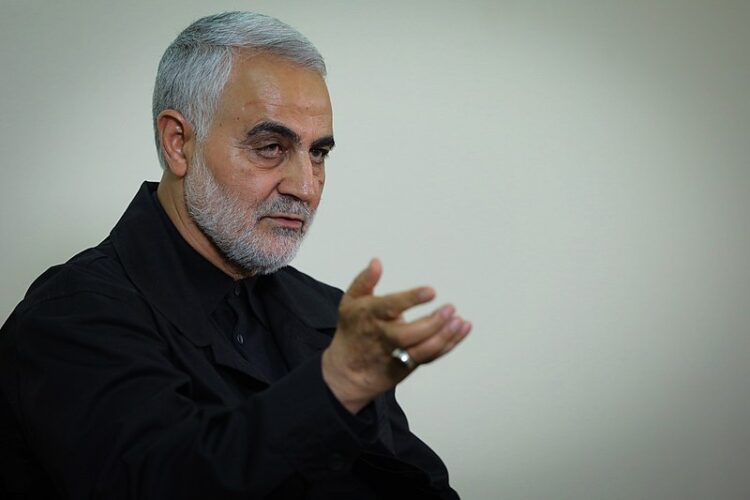
Iran struck back, bombarding a U.S. base in Iraq. Not a single American solider was killed, but several suffered concussions. A few months later, Iran fired rockets at another U.S. base in Iraq, killing two Americans.
Since then, the U.S. has hewed to a policy of “proportional response” to Iranian attacks, but Iran has not been deterred.
Last week, the chairman of the Joint Chiefs of Staff, General Mark Milley, told members of Congress that the United States intends to strike the Islamic Revolutionary Guards Corps “very harshly” to deter future drone and rocket attacks on U.S. troops in Syria and Iraq.
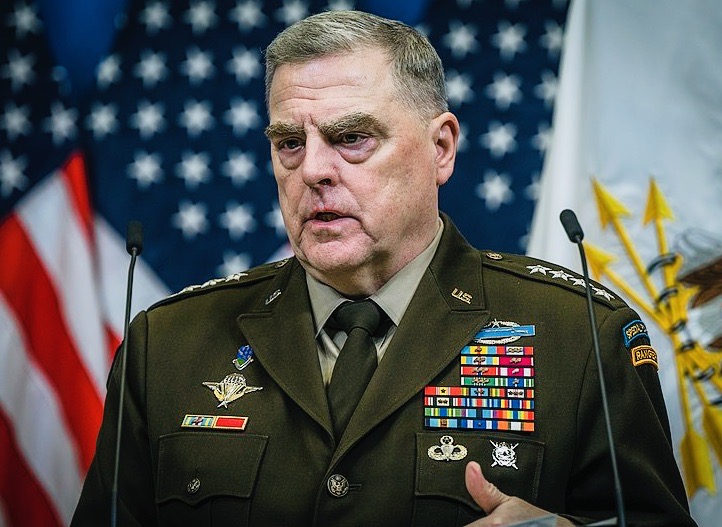
Reacting to Milley’s warning, a spokesman for Iran’s National Security Council said that Iran would respond to any U.S. attack on Iranian bases in Syria.
Israel has been bombing such facilities for the past decade in an attempt to dismantle the military infrastructure Iran has been assiduously building in Syria, its closest ally in the Arab world.
On March 31, Iran announced that an Islamic Revolutionary Guards Corps officer, Milad Heydari, had been killed by an Israeli air strike near Damascus the night before, and vowed vengeance. “The Zionist regime will undoubtedly receive a response to this crime,” an Iranian official told the Tasnim news agency.

On April 2, Iran announced that a second Islamic Revolutionary Guards Corps officer, Meqdad Meqdani, who had been in the same facility as Heydari, had succumbed to his wounds. It is a foregone conclusion that more Iranians will be killed as Israel and Iran clash in their shadow war.
Similarly, it is all but certain that U.S. troops in Syria will be targeted by Iranian proxies in the weeks and months to come.
